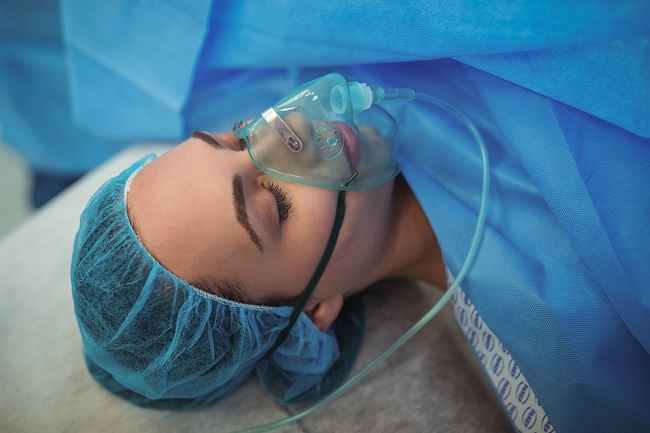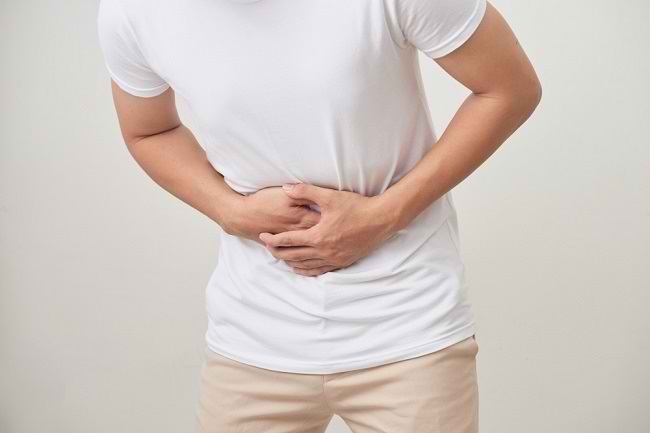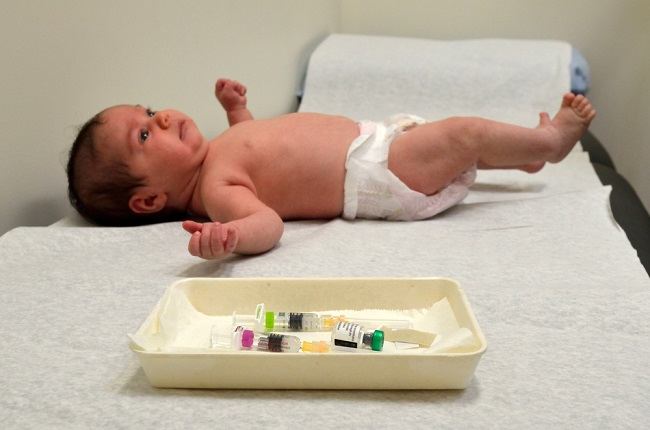Oral biopsy is a medical procedure to take a sample of oral tissuefor later examination in the laboratory. An oral biopsy is performed to detect any abnormalities in the oral tissues, especially if there is cancerous tissue.
Oral biopsy is generally recommended by doctors in patients with oral tissue disorders characterized by the appearance of lesions, red or white patches, and swelling and ulcers in the mouth. A biopsy is done if the doctor has not been able to determine the cause of the oral disease after the patient has undergone a physical examination.

Goals and Indications of Oral Biopsy
Oral biopsies are performed on patients with oral tissue disorders, such as oral cancer. Generally, oral tissue disorders are characterized by the following symptoms:
- The presence of a rash or lesions in the mouth that do not heal within 2 weeks.
- White patches (leukoplakia) or red in the mouth appear.
- The presence of ulcers (ulcers) on the gums.
- Swelling of the gums or mouth that doesn't go away.
- There is a change in the gum tissue which is characterized by loose teeth.
In addition to these symptoms, an oral biopsy may also be performed to check for lesions due to infection, such as syphilis or tuberculosis, in the mouth area. A biopsy of the lesion may be performed if the patient has had previous infection tests.
Warning Before DoingMouth Biopsy
Oral biopsy is a safe procedure for most patients to undergo. However, there are some conditions that cause a person to need special treatment when undergoing an oral biopsy to minimize side effects. These conditions are:
- Have a blood clotting disorder.
- Suffer multiple neurofibromas.
- Suffering from parotid tumor.
- Suffering from decay of bone tissue (osteonecrosis) in the jawbone.
- Are taking blood thinners.
- Undergoing treatment with bisphosphonates.
Preparation Before Mouth Biopsy
Before undergoing an oral biopsy, the doctor will ask about the medications the patient is currently taking, including herbal medicines or supplements. If the patient is taking drugs that affect blood clotting, such as anticoagulants or antiplatelet drugs, the doctor may ask the patient to stop taking these drugs for a while. The patient may also be asked not to eat for several hours before undergoing an oral biopsy.
Procedure and Action Mouth Biopsy
An oral biopsy can be done in certain hospitals or clinics that have equipment for biopsies. An oral biopsy will be performed by a dentist. Prior to sampling, the doctor will give an anesthetic cream followed by an injection of a local anesthetic into the mouth to relieve pain during the procedure.
After that, the doctor will install a device to keep the mouth open using a retractor if the tissue sample is located in the mouth. The biopsy procedure can take about 15 minutes. In general, there are 3 techniques for taking oral tissue samples via biopsy, namely:
Incisional or excisional biopsy
An incisional or excisional biopsy is performed by making an incision in the skin prior to tissue sampling. The length of the slice size depends on the need and availability of the biopsy technique. An excisional or open-slice biopsy is performed if a large sample is required. After the biopsy is done, the incision will be closed using stitches.
Needle biopsy
A needle biopsy is performed to remove abnormal tissue using a needle, either a fine needle or a large needle. If the patient undergoes a needle biopsy, the doctor will not need to make an incision in the skin, but will make a hole in the skin with the needle.
After the procedure, the skin hole does not need to be closed using stitches. The patient will hear a small “click” or popping sound and discomfort during sampling.
Brush biopsy
A brush biopsy is performed to remove abnormal tissue on the skin on the outside or inside of the mouth by brushing or scraping using a special tool. Patients who undergo a brush biopsy will not have a skin incision or hole made. However, the patient may experience slight bleeding or pain from the brushing process.
During the biopsy process, the patient will feel pain in the area of the biopsy, especially when a local anesthetic is injected. After that, the doctor will cover the biopsy wound with a sterile bandage and stitches if needed. Slices of the inner oral wall can be closed with sewing thread which will later be fused with the oral tissue.
Recovery After Mouth Biopsy
The biopsy sample that has been taken will be taken to the laboratory for analysis using a microscope. The results of the laboratory analysis will be notified by the doctor to the patient after a few days. The doctor will explain the results and plan further treatment according to the patient's condition.
Patients who have had an oral biopsy can go home the same day. Most patients who undergo an oral biopsy can get back to work immediately. However, if the biopsy wound is sutured with regular thread, the patient will be scheduled to have the thread removed by the doctor concerned.
If the biopsy is done on the inside of the mouth, the doctor will ask the patient to brush his teeth carefully and not to rinse his mouth too often at the biopsy area. The patient will be asked to avoid chewing food on the part that has been biopsied.
Complicationsand Side Effects Mouth Biopsy
Oral biopsy is a safe procedure for patients to undergo. However, oral biopsy can cause side effects or complications such as bleeding and infection. Call your doctor immediately if the following symptoms occur:
- Fever for several days.
- Heavy bleeding in the area of the biopsy.
- Pain that does not go away for several days.
- Swelling in the area of the biopsy.









